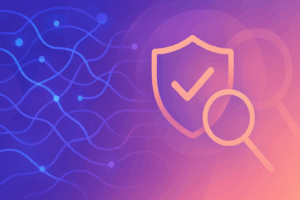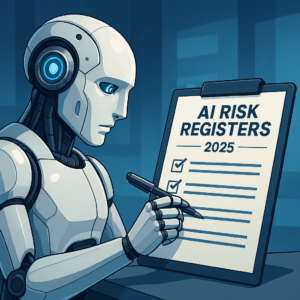Artificial Intelligence isn’t just the “cool new tech” everyone’s chasing — it’s a risk surface that keeps expanding. And yet, too many organizations treat AI assurance as a box-ticking exercise.
The truth?
✅ A well-designed AI assurance framework protects your organization from reputational damage, regulatory fines, and operational chaos.
❌ A weak one gives you a false sense of security.
Here’s how to actually get it right.
1️⃣ Bias Detection Isn’t Optional — It’s Foundational
AI doesn’t just learn from data — it inherits its flaws. If your training set contains bias, your outputs will reflect it. That’s how recruitment algorithms end up filtering out female candidates or how credit scoring models penalize certain demographics.
💡 Real-world example: In 2018, Amazon scrapped an internal AI recruiting tool when they discovered it was systematically downgrading female applicants.
What to look for in assurance:
📊 Bias detection tests at multiple model lifecycle stages
🔄 Retraining pipelines to address bias drift
📁 Documentation that proves mitigation steps
Read more: The Human Oversight Layer — Why AI Governance Needs More Than Just Automation
2️⃣ Explainability — If You Can’t Explain It, You Can’t Trust It
Black-box models might work for research labs, but in regulated industries like finance or healthcare, you must show your work.
📌 Case study: The EU’s proposed AI Act explicitly requires explainable AI for high-risk systems. If you can’t justify why an AI made a decision, you could be in breach.
What to look for in assurance:
🧩 Model interpretability reports
📜 Plain-language documentation for non-technical stakeholders
🛠 Tools like SHAP or LIME to visualize decision factors
3️⃣ Robustness Testing — The “Crash Test” for AI
Think of AI robustness testing like stress-testing a bridge. You want to know it won’t collapse under unusual conditions.
Why it matters:
Hackers can intentionally manipulate inputs to produce false outputs (adversarial attacks)
Poor robustness can lead to catastrophic real-world consequences
What to look for in assurance:
🧪 Adversarial attack simulations
🔄 Edge case testing
🚧 Fail-safe and rollback mechanisms
4️⃣ Vendor Risk — Trust But Verify
If your AI solution comes from a third-party vendor, you’re borrowing their risks.
📌 Case in point: In 2023, an insurance company faced regulatory action after using an AI claims tool from a vendor that failed bias audits. The insurer still held full liability.
What to look for in assurance:
📄 Vendor compliance attestations
🕵️ Independent third-party audits
🔍 Contract clauses covering AI governance responsibilities
5️⃣ Human-in-the-Loop — The Oversight That Saves You
Automation is powerful — but blind automation is dangerous.
This is why even the best AI assurance frameworks integrate human checkpoints.
Why it matters:
AI can drift from intended purpose over time
Humans catch context-specific errors AI misses
What to look for in assurance:
🖊 Mandatory human review for high-impact decisions
📈 Monitoring dashboards with human override capability
🗂 Clear escalation processes
Final Word: AI Assurance Is Ongoing, Not One-and-Done
An AI system that’s compliant today could be risky tomorrow. Regulations evolve, data drifts, vendors change models.
🔑 The best risk & compliance teams:
Monitor AI continuously
Document every decision
Audit both internal and vendor systems regularly




